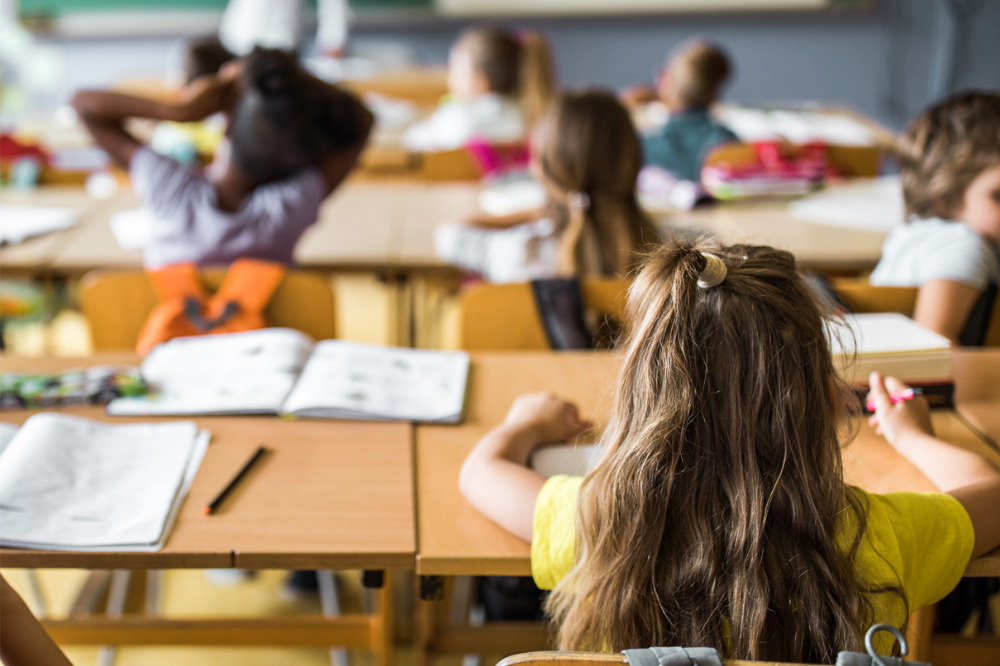
The NSW Government recently announced that schools will return to face-to-face learning either through a ‘staged return’ or ‘full return’, depending on NSW Health conditions in their local government area.
Under existing arrangements, Kindergarten and Year 1 will be the first to return on 25 October, followed by Years 2, 6 and 11 from 1 November and all remaining year levels from 8 November.
However, there have been concerns from groups, namely the NSW Teachers Federation, about just how safe the return will be given that thousands of students remain unvaccinated and may well become infected and transmit the virus to their families.
Michael Emmanuel is the managing director of Edval Education. As a major education service provider, Edval has been at the coalface throughout the pandemic, helping schools streamline their scheduling process and reducing the administrative strain that has exhausted teachers.
According to Emmanuel, the obvious risk is that of our health in relation to the spread of the Delta strain.
“Setting that aside and taking a more educational focus, I think the main risk with be that of ensuring equity when considering lesson delivery. It’s difficult to say what attendance levels will be like from October,” Emmanuel told The Educator.
“There may be large proportions of the school community legitimately unable to attend school in person and schools will need to work out how to manage this. How then does a school manage lesson planning?”
Emmanuel pointed out that currently, most students are learning remotely, so teachers have adapted their plan accordingly and dealing with the minority differently.
“What would be the strategy if say 50% of the class is learning remotely and 50% in person, and what impact would this have on teacher workload?” he said.
“In that light, school may need to consider how their timetabling software can help with the planning and restructuring of their timetable to satisfy changing needs. At Edval, we’ve built Covid-specific features for staggered returns and contact tracing. These features were released as a standard inclusion to our subscriptions.”
‘The focus must be on re-establishing relationships’
Emmanuel said that once school returns, the immediate focus needs to be on re-establishing relationships between teachers, students and peers.
“Everyone in the school community have been through a challenging time. The timing of the return to school should also be consideration,” he said.
“How much focus to place on student assessments, and is that pressure suitably proportionate to that of our students’ mental health? It’s probably fair to say too that over this remote learning phase, many students may not have progressed as much as their peers and therefore be behind.”
Emmanuel said if this is the case, it is important to consider how much focus should be placed on “catching up” versus teaching new content.
Ahead of the 25 October return to school, the NSW Government is continuing to work with NSW Health to ensure that students and staff are protected during face-to-face classes. One such measure has been mandatory vaccinations for staff and compulsory mask wearing for all senior students attending campus.
Emmanuel said that in the lead up to this time, it should be asked whether the government’s policy is proportionate to the risk, and to the goals.
“Another consideration too is the level of governance required to monitor compliance and who does the school rely on for this? Obviously, teachers will play a huge role, therefore, one must consider teacher workload too,” he said.
“I don’t there is much point to trying to minimise movement or control traffic within the school grounds because there are too many external school factors they cannot control. So, for me, I do think this is a sufficient level of precaution to take.”


